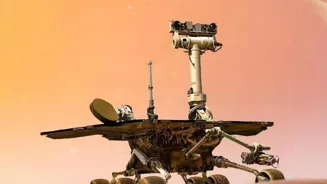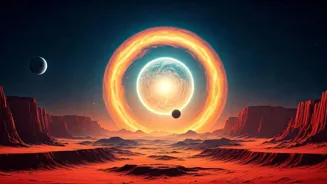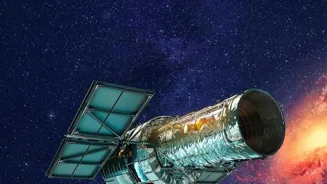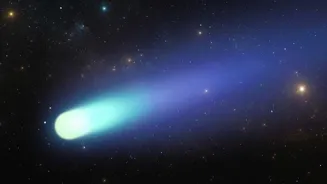Delve into 10 mind-blowing Astronomy discoveries - from diamond planets to merging galaxies. Explore the wonders of the cosmos! 🌌
Namaste, space enthusiasts! Buckle up because the cosmos is bursting with
amazing new revelations. From planets made of diamonds to galaxies devouring each other, astronomy is constantly surprising us with its wonders. Let's dive into ten recent discoveries that will leave you star-struck.
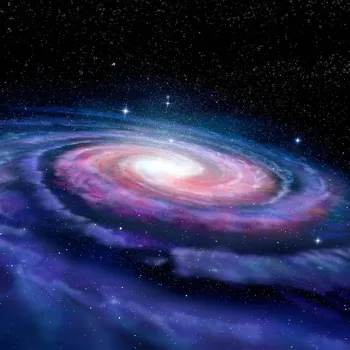
These findings expand our understanding of the universe, revealing secrets hidden for billions of years. Get ready to have your mind blown by the sheer scale and beauty of it all!
A diamond exoplanet discovered orbiting a distant star
First off, let's talk about exoplanets. We've found thousands of them orbiting distant stars, but one particularly dazzling discovery is a potentially diamond planet! Initially, astronomers found a planet twice the radius of the Earth as well as eight times its mass.

This unusual planet orbits a 55 Cancri, located 40 light-years away, in the constellation of Cancer. It is so dense that scientists believe it could be composed largely of carbon.
After determining the planet's mass and radius, scientists have concluded that the planet is composed mainly of pure carbon in the form of crystals. The existence of this carbon planet hints the possibility that carbon rich exoplanets are common.
Who knows, maybe we'll find more sparkly planets in the future, making space exploration even more rewarding. Scientists need to do more calculations so as to get a more proper value.
Galaxy mergers: cosmic dances shaping galaxy formation
Next on our list, we have the mind-boggling phenomenon of galaxy mergers. When two galaxies collide, it's not like a car crash. Instead, they slowly merge over millions of years, creating incredible cosmic fireworks. The stars themselves rarely collide due to the vast distances between them.
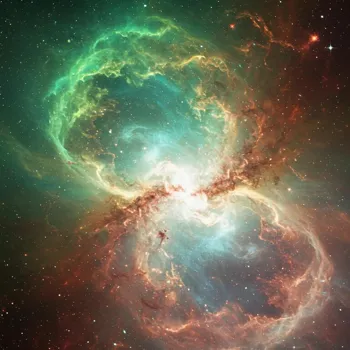
But, their gravitational fields interact and are reorganised in peculiar ways. We have observed many such galaxy mergers using powerful telescopes, which helps us in modelling what happens when the Milky Way collides with the Andromeda galaxy billions of years from now.
It's a cosmic dance of destruction and creation happening on an unimaginable scale. It helps us understand more about galaxy formation.
Gravitational waves detected from merging black holes, revolutionizing astronomy
Third, a recent exciting development is the detection of gravitational waves from merging black holes. Predicted long ago by Einstein's theory of relativity, these ripples in spacetime were directly observed for the first time in 2015.
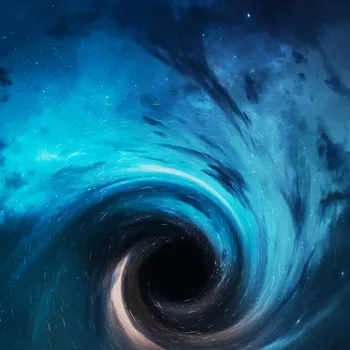
These waves are produced when two black holes in a binary system slowly spiral and merge to form a larger black hole. Gravitational waves, offer a brand new way to study the universe, allowing us to "hear" events that we cannot see with telescopes.
It gives astrophysicists opportunities to observe the black holes merging to understand the laws better. It is opening up an exciting new era for astronomy. It also enables new methods on how we can probe the universe.
Supermassive black holes in galaxies shape galaxy evolution
Moving further, let's discuss the discovery of supermassive black holes at the centres of most galaxies. These cosmic behemoths, with masses millions or even billions of times that of the Sun, play a crucial role in galaxy evolution.
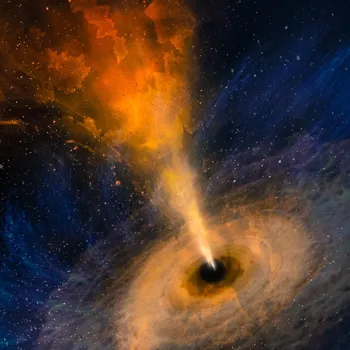
While the origin of these supermassive black holes is still a mystery, it is supposed that these are formed from the accretion of matter or the merger of stellar mass black holes.
When this happens, scientists believe, it is able to collect stars into what becomes a galaxy nucleus where the supermassive blackhole resides. These findings tell us about the co-evolution of galaxies and their central black holes. It gives some clues around the structure of the universe.
Water discovery on moons boosts hope for extraterrestrial life
Scientists have also discovered water on other planets and moons. While it doesn't necessarily mean there's life, it certainly increases the chances.
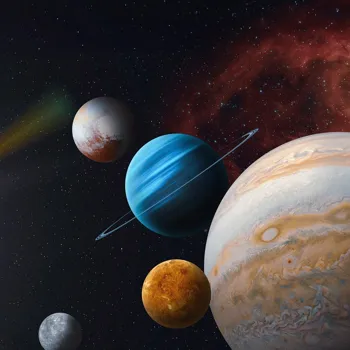
For example, we've found evidence of subsurface oceans on Europa (a moon of Jupiter) and Enceladus (a moon of Saturn), where hydrothermal vents may exist which will offer a potential for the existence of life in the outer Solar System.
It is essential to find water out in the space because that is the most important thing for survival. It also helps us find out if there is any life possible there. This is because water is also a component of life here on Earth.
Mars exploration for signs of past life by Perseverance rover
Finally, let's acknowledge the ongoing exploration of Mars. The Perseverance rover is diligently searching for signs of past life and collecting samples for future return to Earth.
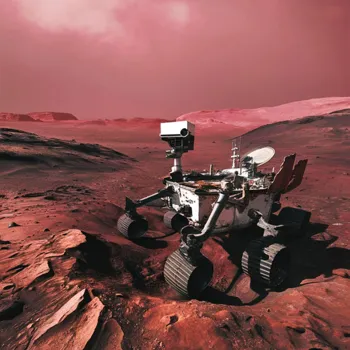
Perseverance also has a helicopter that is used to fly to different places, taking photos and collecting useful information. Each sample that is collected are thoroughly analysed by the instruments to find the signs of any form of life on Mars.
These missions help us understand the history of the red planet and whether it could have supported life in the past.
AI Generated Content. Glance/InMobi shall have no liability for the content
